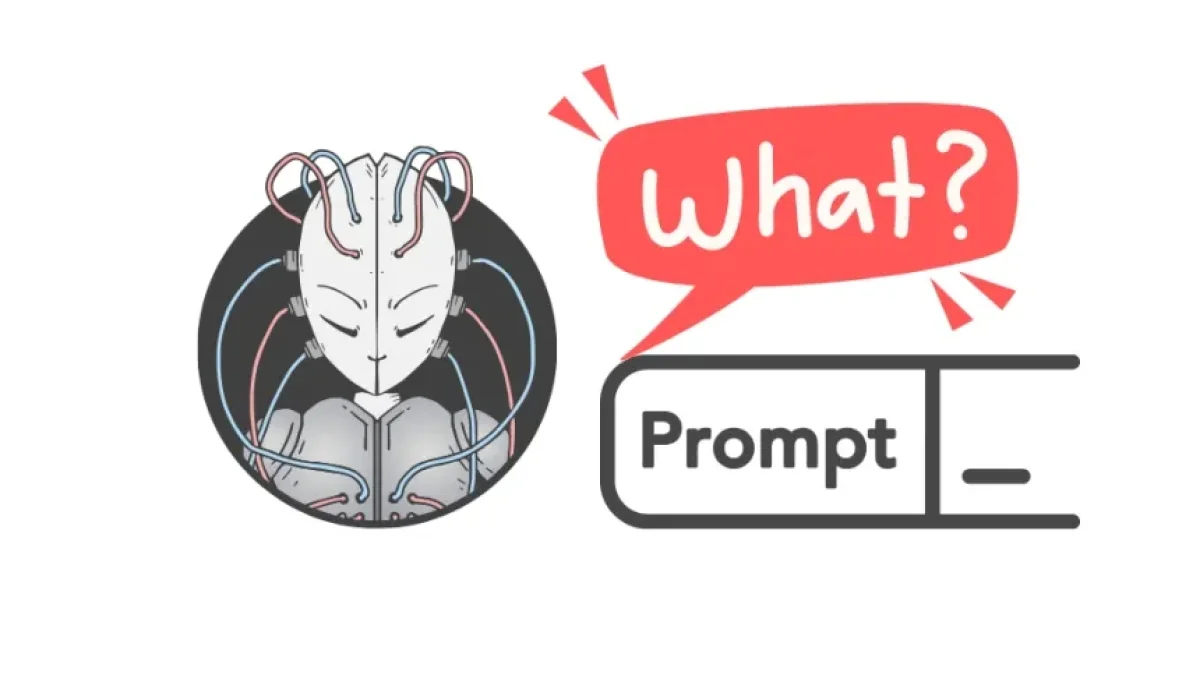What is Prompt Engineering?


Prompt engineering is an emerging field that has become crucial in the development of artificial intelligence (AI) and natural language processing (NLP). This concept refers to the technique of designing and implementing instructions (prompts) that guide AI models in generating useful and relevant responses. As language models like GPT-3, BERT, and others have evolved, the need for effective prompt engineering has become a fundamental aspect of maximizing their potential.
The Importance of Prompt Engineering
Enhancing Interaction with AI Models
Prompt engineering facilitates better interaction between users and artificial intelligence models. Designing a clear and concise prompt can significantly improve the quality of generated responses. This is especially relevant in practical applications such as chatbots, virtual assistants, and recommendation systems.
Optimizing Model Performance
AI models are highly sensitive to the way questions or instructions are presented to them. A well-designed prompt engineering strategy can optimize the model's performance, increasing the accuracy and relevance of responses. This is essential in sectors like customer service, where an incorrect answer can negatively impact the user experience.
Types of Prompts
Open Prompts
Open prompts allow for great freedom in responses, which can be useful in situations where creativity or diversity of opinions is desired. However, they can also lead to less controlled or relevant answers.
Read also
Closed Prompts
On the other hand, closed prompts limit possible responses, which can be beneficial when seeking specific information or a concrete answer. This approach is common in applications where precision is required, such as data analysis or technical queries.
Conditional Prompts
Conditional prompts are a combination of both approaches. They are used to guide the model toward a desired response by providing additional context that can help improve the quality of the generated output.
How to Create a Good Prompt
Know the Model
Before designing a prompt, it is vital to understand the capabilities and limitations of the AI model being used. Knowing its architecture and the type of tasks it has been trained to perform will enable you to create more effective prompts.
Read also
Be Clear and Concise
Clarity is essential in designing a prompt. A well-structured and easy-to-understand prompt will increase the likelihood of getting useful responses. Avoid using unnecessary technical jargon and ensure that the instruction is clear.
Include Context
Providing additional context in the prompt can significantly enhance the quality of the response. This includes relevant information related to the question or topic, which can help the model generate more accurate and relevant results.
Test and Improve
The process of prompt engineering does not end with the first attempt. It is crucial to test different approaches, evaluate the results, and refine the prompts as needed. This ongoing practice helps optimize the model's performance.
Tools and Resources
AI Platforms
Some platforms, such as OpenAI and Hugging Face, offer tools that allow users to experiment with different prompts and evaluate their performance. These platforms are valuable resources for those looking to delve into prompt engineering.
Online Communities
There are multiple online communities, such as forums and discussion groups, where professionals share their experiences and strategies on prompt engineering. Participating in these communities can provide practical insights and useful tips.
Applications of Prompt Engineering
Marketing and Content Writing
In the digital marketing world, prompt engineering has become an essential technique for generating engaging and relevant content. The ability to create prompts that lead to creative and specific results can be a key differentiator in content production.
Chatbot Development
Modern chatbots use prompt engineering to interact more effectively with users. An appropriate prompt design allows these systems to provide more accurate and helpful responses, enhancing the user experience.
Education and Machine Learning
In the educational field, prompt engineering can be used to develop adaptive learning systems that provide personalized responses and resources for students, improving their learning experience.
Conclusion
Prompt engineering is an essential skill in the field of artificial intelligence and natural language processing. As AI models continue to advance, the importance of prompt engineering will only continue to grow. Through understanding and applying effective prompt design techniques, organizations and individuals can maximize the potential of artificial intelligence across a variety of applications and sectors. The key lies in continuous experimentation and the willingness to adapt and learn in this ever-evolving field.



















